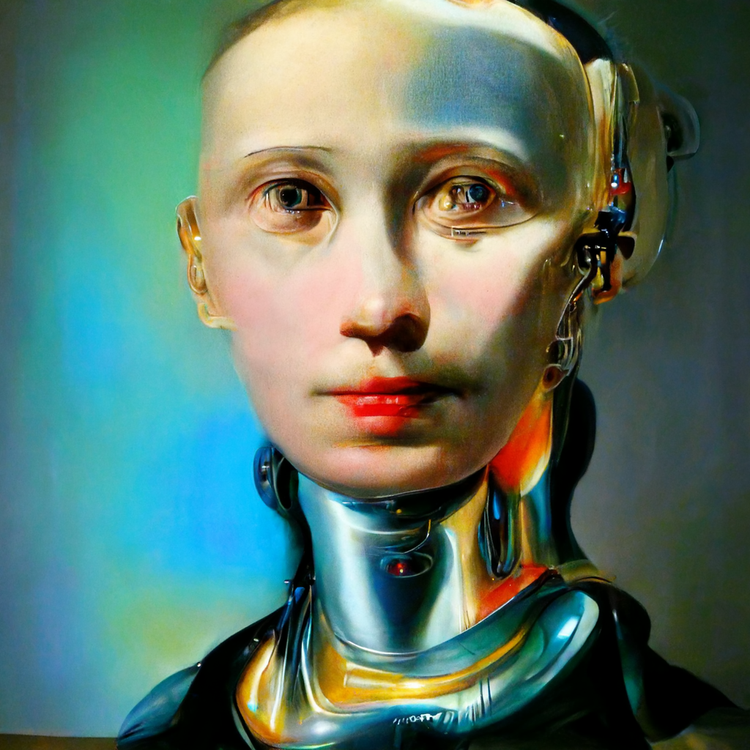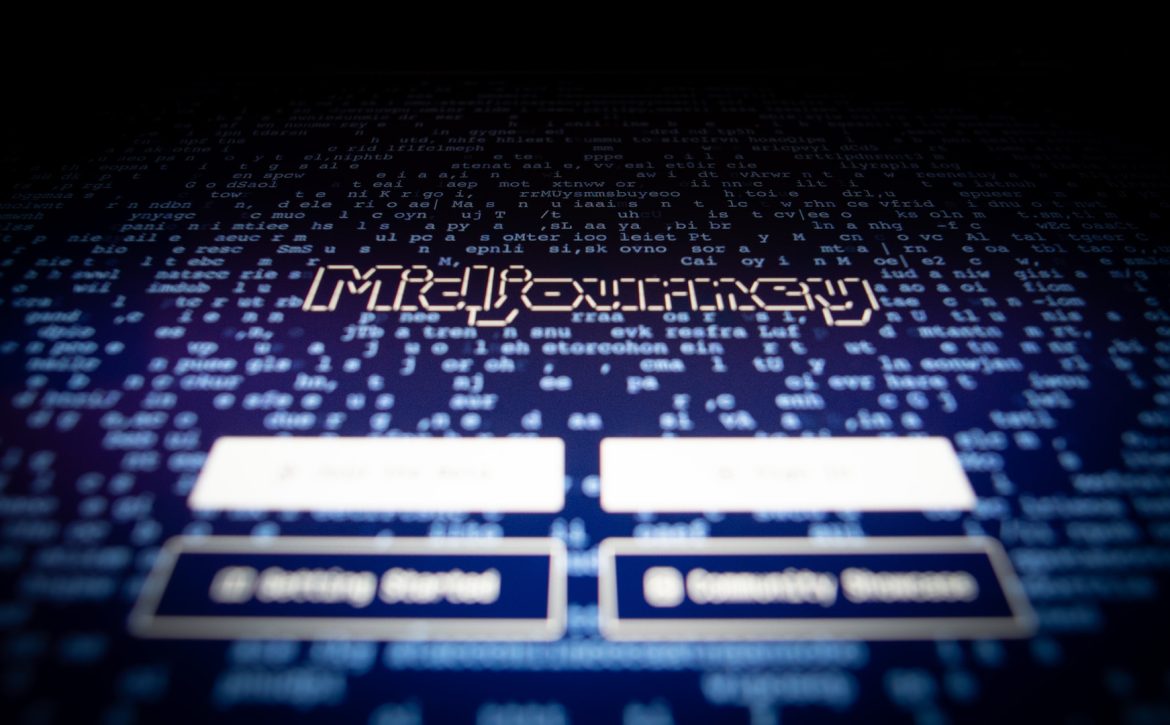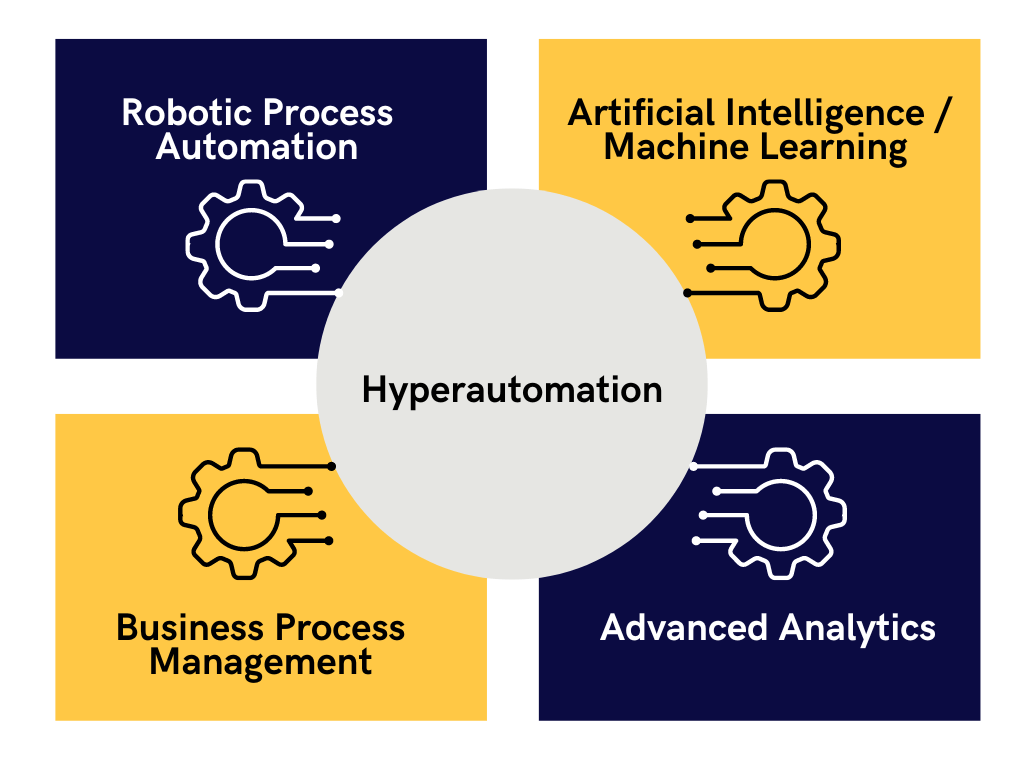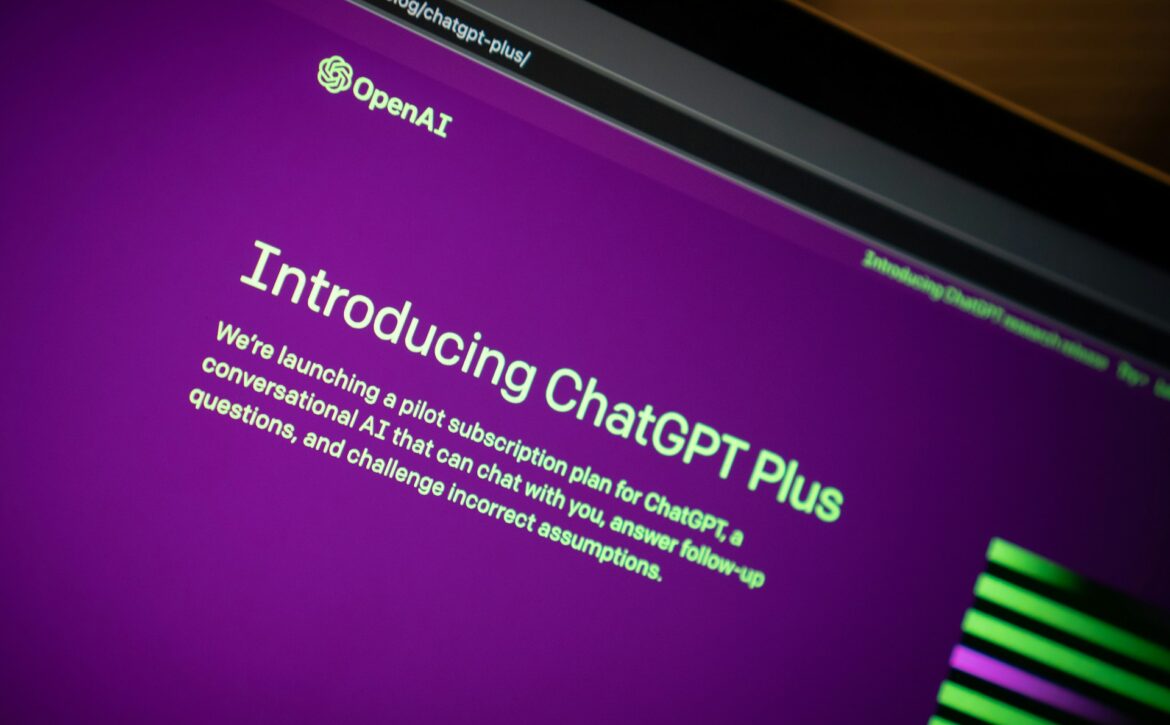What Is ChatGPT?
ChatGPT is a powerful language generation model developed by OpenAI. It’s trained on a massive amount of text data and can generate human-like responses to a wide range of prompts.
One of the most striking things about ChatGPT is its ability to understand context and generate appropriate responses. For example, if you ask it a question about a specific topic, it can provide a detailed and accurate answer. This makes it a useful tool for a variety of applications, such as customer service chatbots, virtual assistants, and even content creation.
Another impressive feature of ChatGPT is its ability to generate text that is coherent, fluent, and even engaging. It can write entire articles, stories, and even poetry, with a level of quality that is often hard to distinguish from that of a human writer. This opens up a lot of possibilities for automated content generation, such as news articles, product descriptions, and more.
Understanding the Power of ChatGPT
At its core, ChatGPT harnesses the power of vast text data to generate human-like responses across a myriad of prompts. What distinguishes ChatGPT is its remarkable aptitude in comprehending context. Pose a question on any topic, and ChatGPT seamlessly offers detailed and accurate answers. Its versatility makes it a valuable asset in various domains, from customer service chatbots to virtual assistants and content creation.
At the heart of ChatGPT lies a marvel of modern artificial intelligence, a sophisticated neural network engineered to wield the vast expanse of text data for a profound purpose: crafting responses that mirror human understanding across a wide spectrum of queries.
ChatGPT stands as a titan, empowered by a wealth of text data accumulated from myriad sources and domains. Its training spans through colossal libraries of language, absorbing the essence of human knowledge. This rich repository fuels its linguistic prowess, enabling it to draw upon an ocean of information to respond cohesively and informatively.
Beyond Mere Text Generation
ChatGPT’s prowess extends far beyond mere text generation. It doesn’t merely string words together; it crafts coherent and engaging narratives. This model can effortlessly compose articles, spin stories, and even delve into the realms of poetry with a quality often indistinguishable from that of a human writer. This opens doors to automated content generation across diverse spheres, from news articles to product descriptions.
ChatGPT’s creative prowess knows no bounds. Effortlessly, it conjures intricate and immersive narratives that transport readers to vividly imagined worlds. Its ability to spin tales that enrapture, excite, and enlighten reflects a mastery that transcends the realms of mere machine intelligence.
Venturing into the poetic realms, ChatGPT’s poetic musings unveil a level of artistry that tugs at heartstrings and ignites the imagination. With lyrical finesse and evocative prose, it crafts verses that echo the sentiments and beauty of human poetry, resonating with the depth of genuine emotional expression.
The Scale of ChatGPT
Scale is another aspect where ChatGPT shines. Capable of generating thousands of responses within seconds, it is a powerhouse in data annotation, language translation, and text summarization. Its rapid throughput makes it an invaluable tool for large-scale tasks requiring swift and accurate text generation.
ChatGPT is not just fast—it’s lightning incarnate. Within the blink of an eye, it surges forth, generating not just a handful, but thousands upon thousands of responses. Its processing speed is akin to a digital savant, churning out a deluge of meticulously crafted and contextually accurate text within mere seconds.
When it comes to data annotation, ChatGPT stands as an unrivaled titan. Its capacity to annotate colossal datasets with precision and celerity is unmatched. It navigates through vast troves of information, annotating, categorizing, and organizing data points at an astonishing pace.
In the realm of language translation, ChatGPT reigns supreme. Its linguistic dexterity transcends borders and languages, effortlessly translating vast volumes of text with finesse. From deciphering complex idioms to preserving nuances, its translation prowess mirrors the acumen of a seasoned polyglot.
The Nuances and Limitations
However, despite its remarkable capabilities, ChatGPT is not infallible. Being a machine learning model, it can make errors and might struggle with the intricate nuances of human language. Its proficiency is confined to the data it was trained on, potentially limiting its responses in certain topics or languages.
Underneath the veneer of brilliance lies the occasional flicker of imperfection. As a product of machine learning, ChatGPT, despite its astonishing achievements, occasionally grapples with errors. Within the intricate web of human language, it navigates with finesse, yet encounters ephemeral stumbling blocks that surface as hiccups in its responses.
For all its brilliance, ChatGPT is, at its core, an artificial intelligence endeavoring to emulate human cognition. The subtleties, nuances, and intricacies that define human language sometimes elude its comprehension. It can stumble upon the labyrinth of linguistic subtleties, experiencing moments of uncertainty where the vagaries of expression escape its grasp.
Revolutionizing Human-Machine Interactions
In conclusion, ChatGPT represents a monumental leap in language generation technology. Its prowess in understanding context, crafting high-quality text, and operating at scale opens doors to a world where human-machine interactions are redefined. While acknowledging its limitations, the potential for revolutionizing various domains through automation and language generation is undeniably vast with ChatGPT at the forefront.
ChatGPT’s ascent marks a pivotal moment in the annals of language generation technology. Its ability to decipher context, fabricate impeccably crafted text, and navigate vast volumes of data with finesse signifies a monumental leap forward. The symphony of words it orchestrates isn’t just proficient; it’s a symphony of sophistication and eloquence, setting a new standard in artificial linguistic prowess.
In summation, ChatGPT emerges not just as a language model but as a vanguard of a technological revolution. Its aptitude in understanding, creating, and interacting paves the way for a future where the unimaginable becomes attainable, beckoning us toward a horizon where innovation and automation intertwine to sculpt a new epoch in human-machine collaboration.














